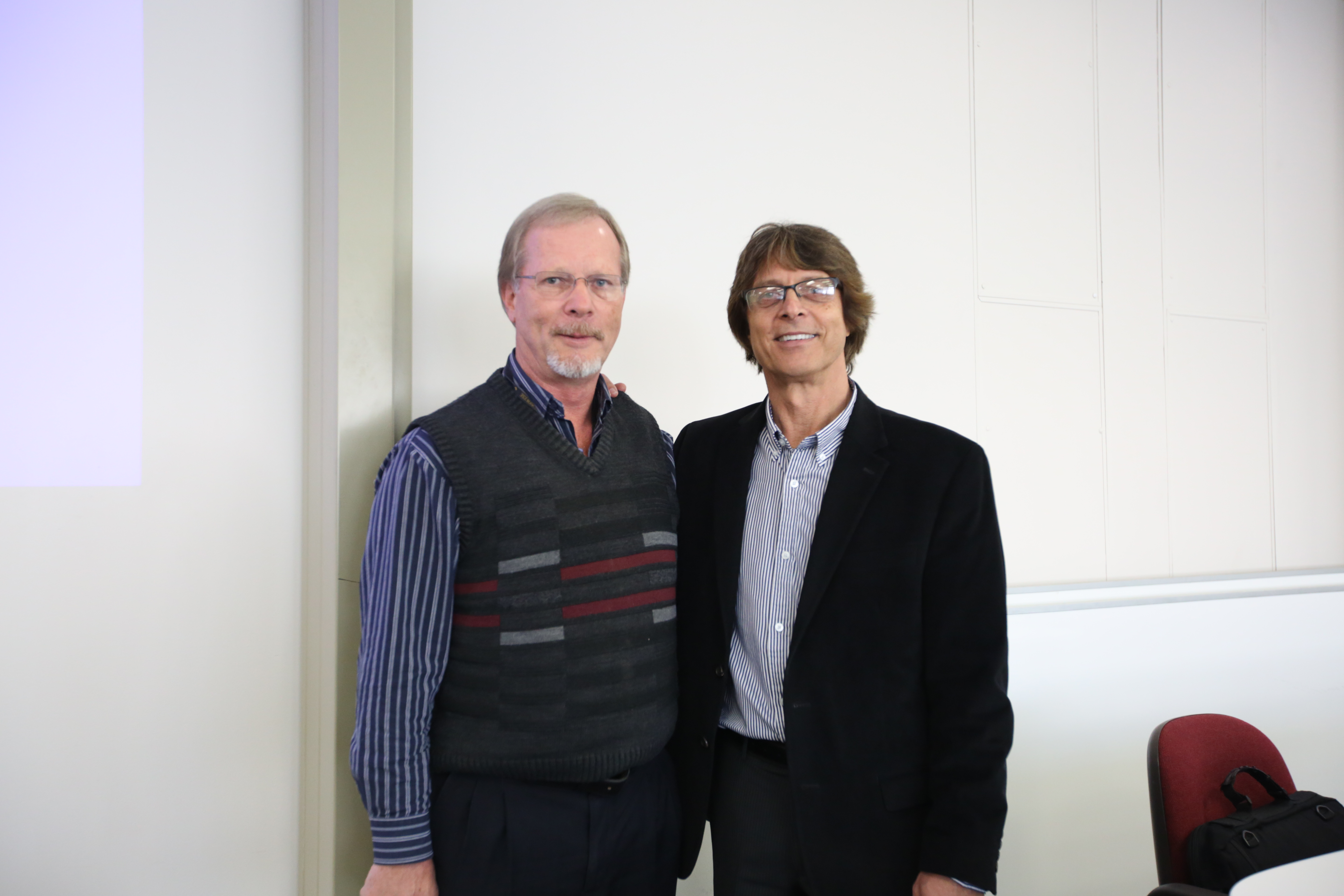The space agency NASA plans to send a small helicopter to Mars in 2020 in the continued quest for life on the red planet, said Dr Japie van Zyl of NASA's Jet Propulsion Laboratory at the California Institute of Technology on Monday (4 June 2018).
Van Zyl, one of the world's leading space scientists, was speaking at the Department of Electrical and Electronic Engineering at Stellenbosch University (SU). He is an alumnus of SU and also a recipient of an honorary doctorate from the university. Van Zyl played a leading role in the successful Curiosity mission to Mars in 2012.
Providing some detail on how the process will work, he said the helicopter will be mounted on the belly of the Mars 2020 rover. The rover still has to be named.
“Once the rover lands on Mars it will drive to a flat spot and drop the helicopter about 100 metres away. The helicopter will carry a cell phone camera that will take pictures which will be downloaded through the rover." It will fly 90 seconds per day, added Van Zyl.
He said eventually they will be able to go down cliffs to collect data.
In addition to the helicopter, the Mars 2020 rover will also have thicker and durable wheels and a microphone.
“The Rover will also land closer to where we want to be because driving is still a bit slow – 50 to 100 metres a day. If you cut out driving, you can do save a lot of time doing science."
Van Zyl added that the rover will be able to collect samples of rock, put them in tubes and leave them on the surface of Mars so that future missions can pick them up and bring them back to Earth.
He pointed out that the aim of the Mars 2020 mission is to look for habitability and to identify past environments that are capable of microbial life.
“We are picking a place that appears to be an ancient hot spring because they are typically places where you find microbial life."
“We're going to seek science of possible past microbial life in those environments. This time our instruments are designed to look for signs of past life and to detect residue left behind by microbial life in rocks."
“We're building instruments to make oxygen out of the air by basically using the carbon-dioxide which is 97 or 98% of the Martian atmosphere. We're taking the first step to prepare for taking humans to Mars."
He also mentioned the Insight mission launched recently to find out what the inside of Mars looks like and whether it still has a liquid core.
“There's a whole lot of water on Mars," Van Zyl said.
- Main photo: The planet Mars (Credit: Pixabay)
- Photo: Prof Herman Steyn of the Department of Electrical and Electronic Engineering and Dr Japie van Zyl (right) at the lecture. Photographer: Rozanne Engel.

